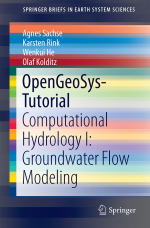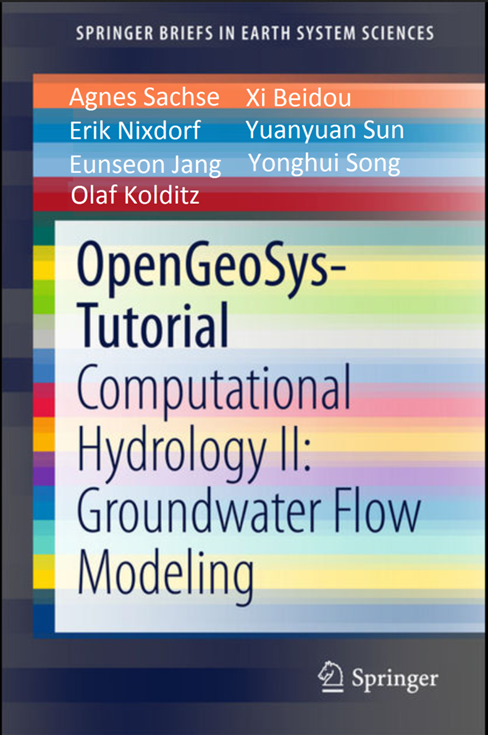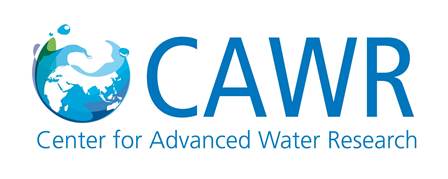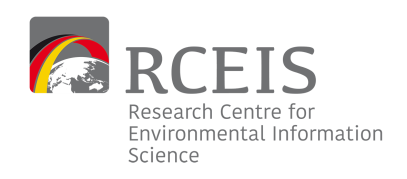Work Package C: Lake Chaohu

October 2017 - December 2017
The water quality monitoring bouy in Lake Chaohu is now runnning almost one year with high reliability and excellent data quality. The figure 1 shows a selection of most recent monitoring data from the buoy reflecting meteorological (e.g. wind speed), abiotic water quality (e.g. water temperature) and ecological variables (algal groups). It should be noted that the multi-channel fluorescence probe from our partner bbe Modaenke allows to separate different algal groups and provides output for total chlorophyll (second row) and specific algal groups (below). The concentration of cyanobaceria, the most pressing water quality problem in this lake, shows a highly dynamic variation over time. Such short term fluctuations are hard to predict and a continuous monitoring with real-time data transfer provides an important information for water managers and drinking water production.
Fig 1: A selection of most recent monitoring data from the buoy
March and April 2017
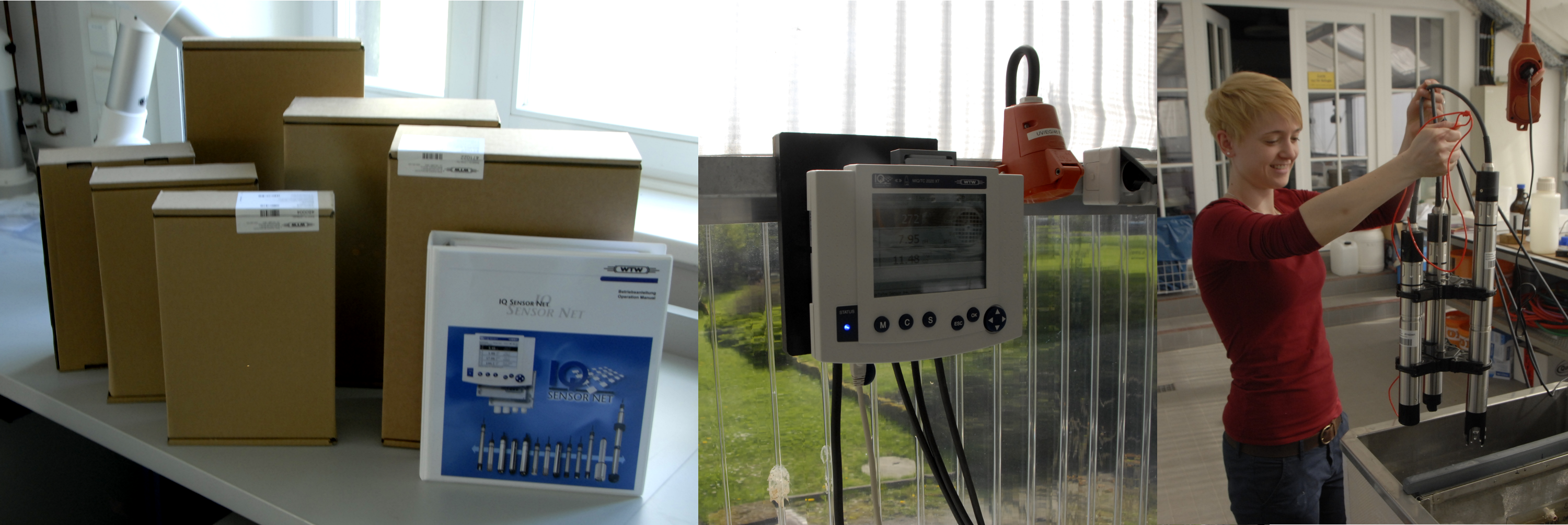
WTW-Probes-Dresden (Foto: TU Dresden)
During March and April 2017 a set of physicochemical probes for the support of the biomonitoring at the CAS Institute of Hydrobiology in Wuhan arrived at the TU Dresden. The probes were firstly installed into the artificial indoor stream facility of the Institute of Hydrobiology of TU Dresden to establish and optimize the data transfer to the AL.VIS Project database. Mid of May the entire equipment for Biomonitoring including the probes and the Daphnia Toximeter was sent to China.
August 2016
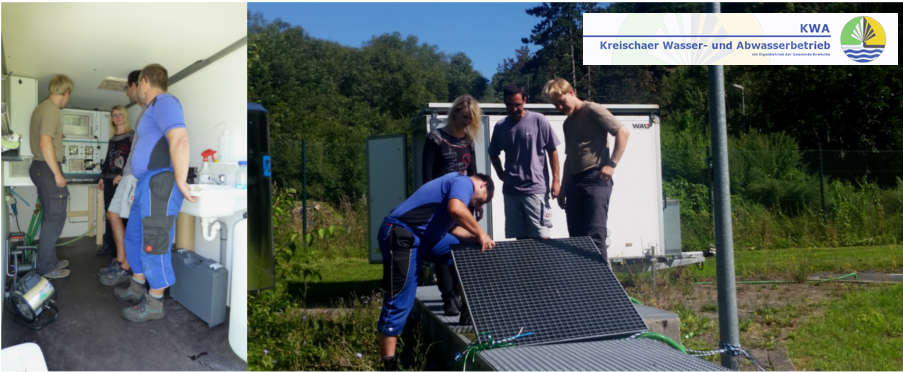
Online-monitoring station installed in the outflow of the waste water treatment plant in Kreischa (Germany). Dr. Rybicki explains employees of the treatment plant the functioning of the online-monitoring station with the installed Daphnia Toximeter from bbe moldaenke for the continuous monitoring of acute toxicity of the treated waste water. The station is a demonstration project for Urban Catchments to test the connectivity of different instruments to the central project database as well as the DaphniaToximeter under difficult field conditions.
June/July 2016
Deployment of a test system in Germany. The same monitoring buoy will be brought to Lake Chaohu. The automatic monitoring system measures meteorological parameters like air temperature, wind speed, etc. as well as water quality parameters like the chlorophyll concentration.
The buoy's energy supply is ensured through batteries, which are recharged by two solar panels and a wind generator. Probes are installed within tubes underneath the buoy and thus can be maintained easily.
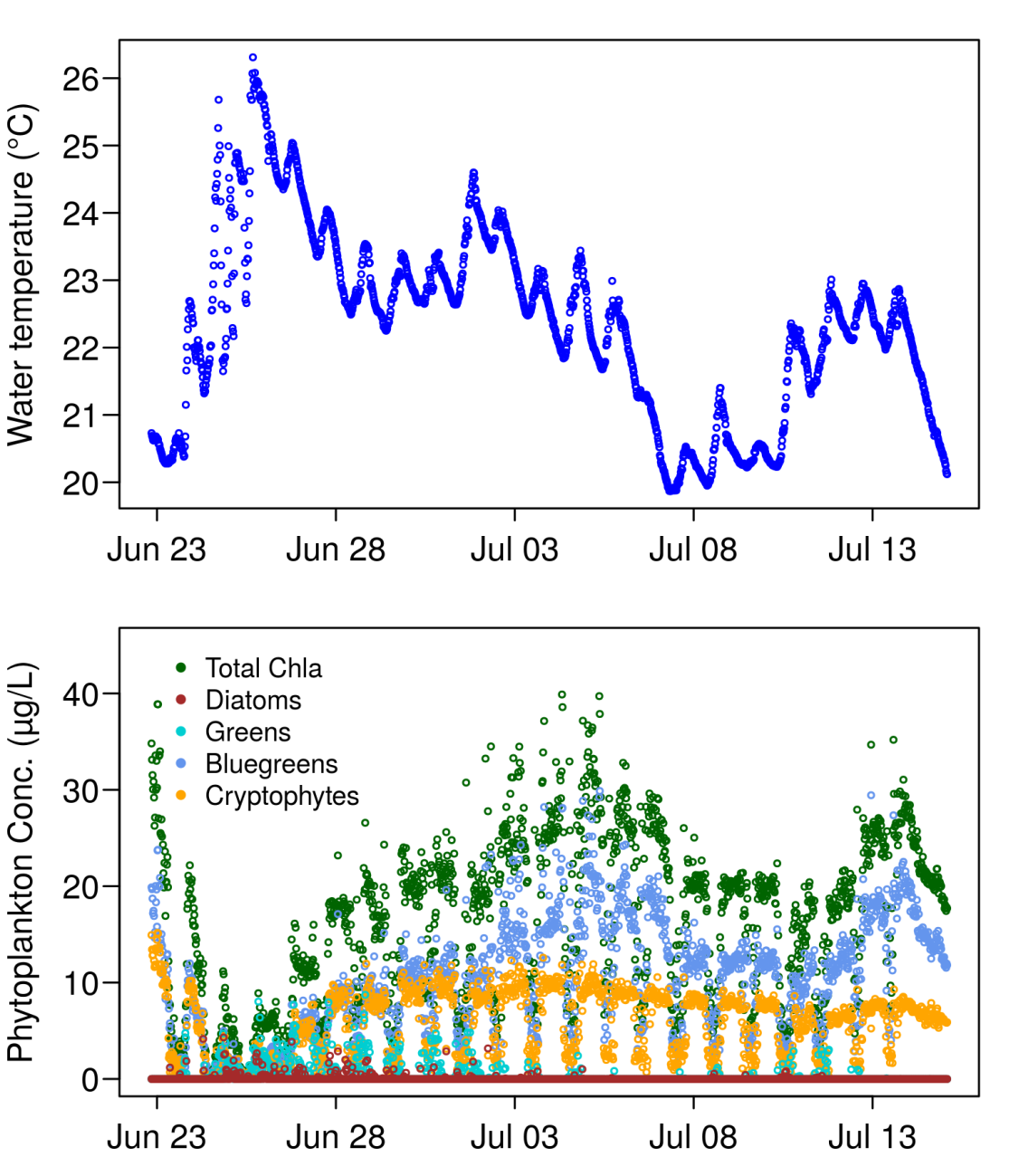
The automatic monitoring system sends its data to a server. These data provide information on the current state of the lake's water quality. The data will also serve for validating modelling results.
April 2016
Visit of Prof. Hu Weiping from the Nanjing Institute of Geography and Limnology, Chinese Academy of Sciences.
January 2016
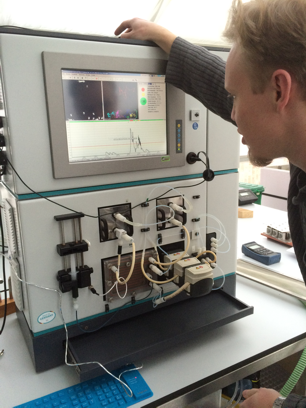
October 2015
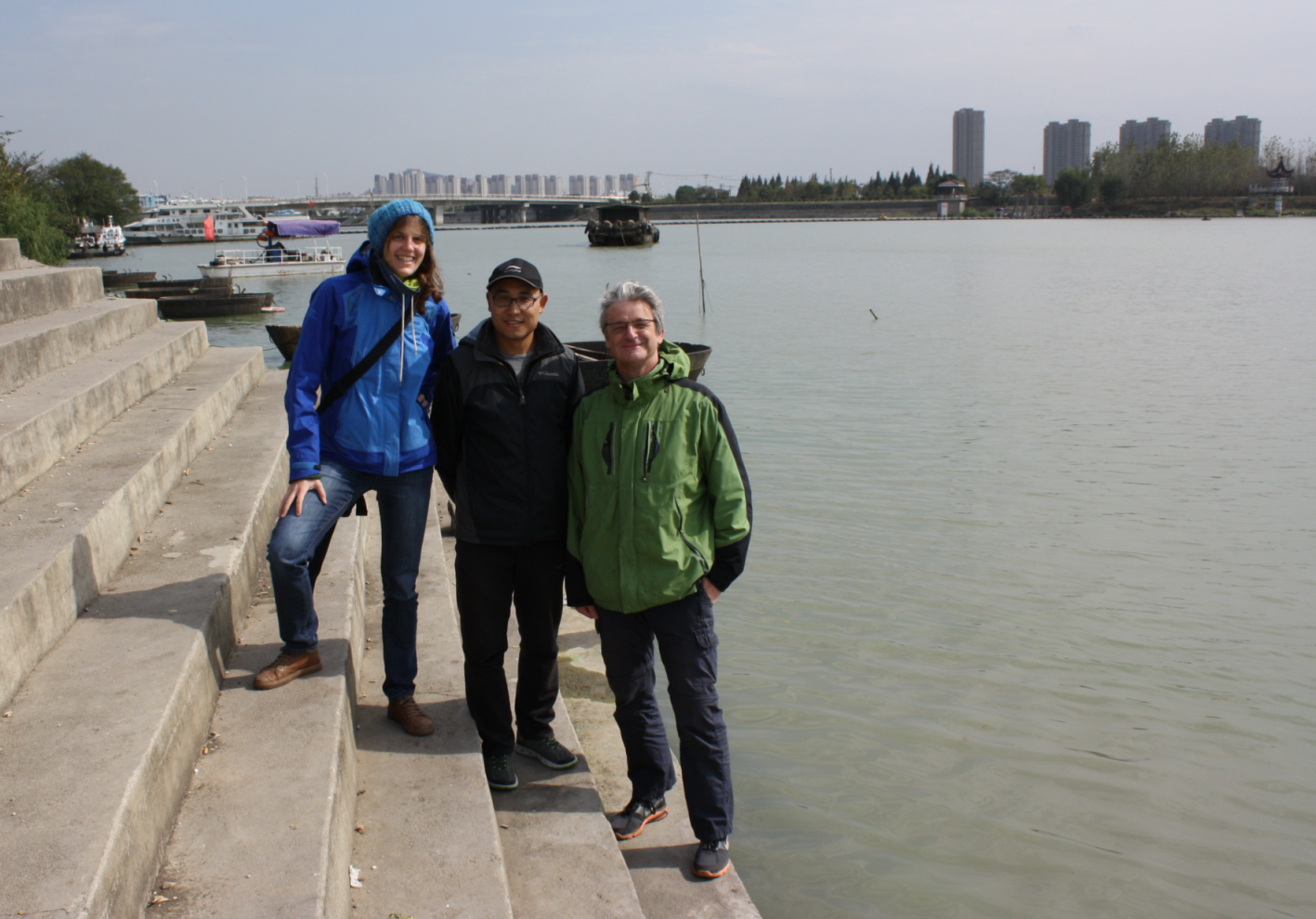
Visiting the buoy deployment site at Lake Chaohu
September 2015
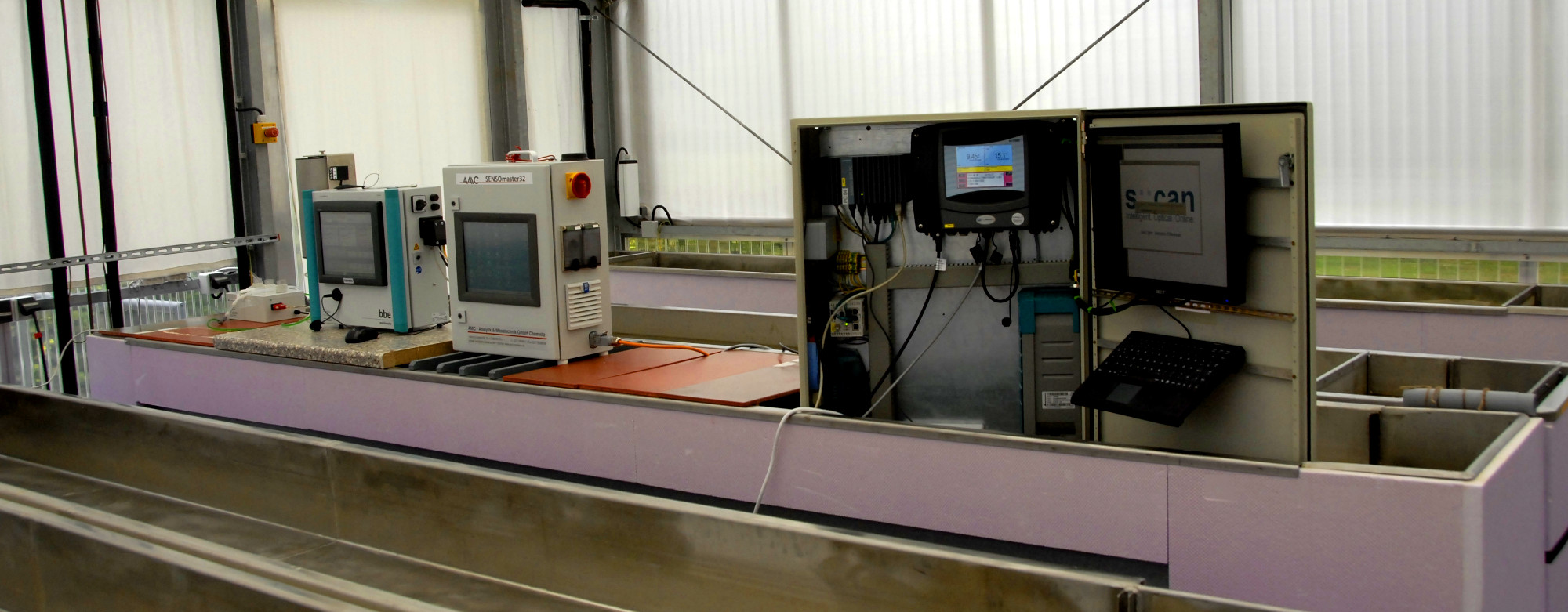
For the visit of the delegation of the CLMA from Chaohu (China) in September 2015 the Institute of Hydrobiology and the Institute of Urban Water Management build a short pilot plant with different devices and probes within the artificial indoor stream facility in the greenhouse of the Institute of Hydrobiology. The figure shows from left to right the FluoSens probe of bbe moldaenke to detect certain groups of organic substances e.g. humic acids; the data collector of AMC to collect and transmit the data of all connected devices and a mini monitoring station of the Institute of Urban Waters with different probes.
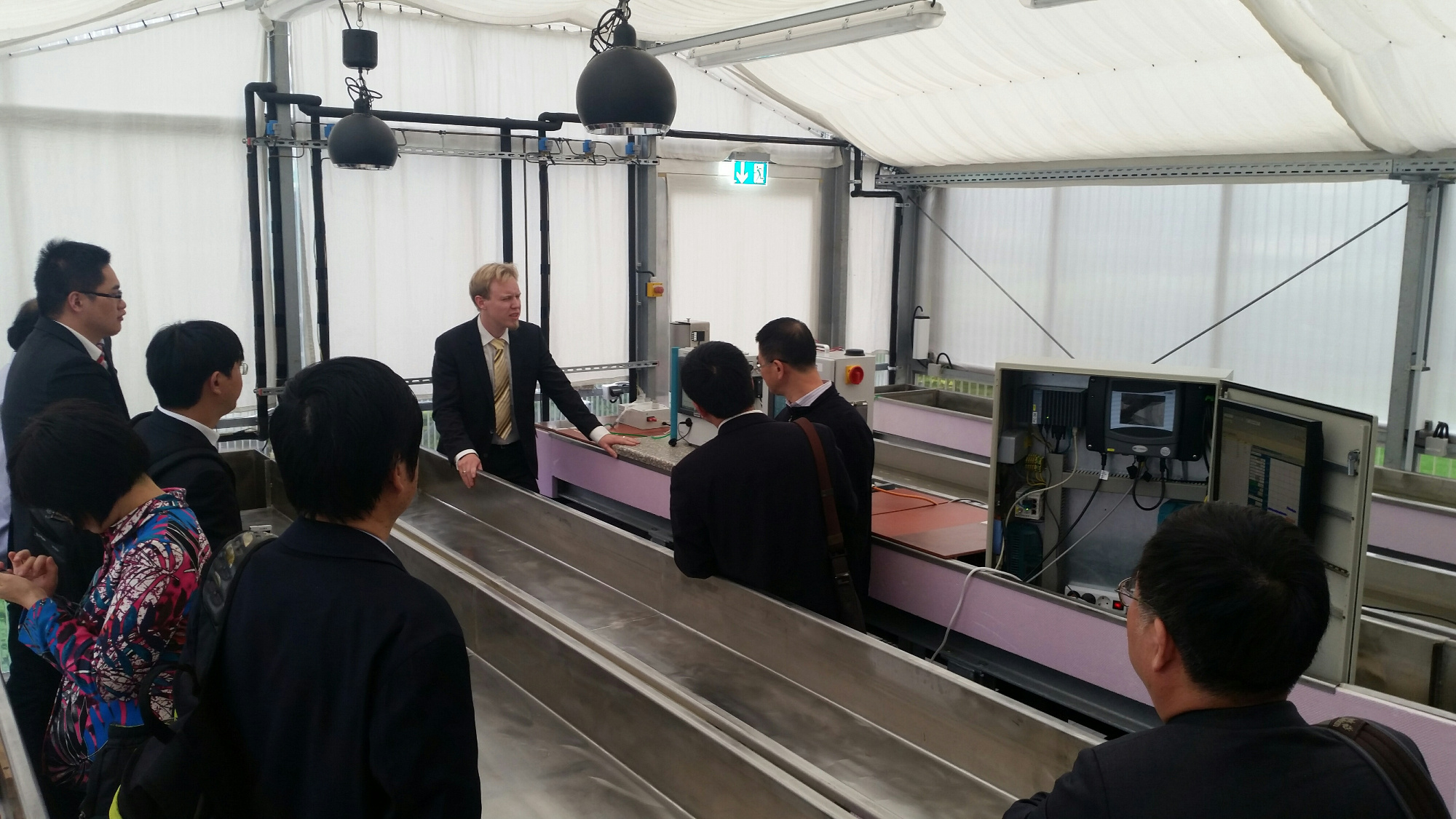
Dr. Marcus Rybicki explains the purpose and function of the bbe FluoSens device, which was equipped with a multichannel sampler to sample two prepared artificial streams. The first artificial stream was prepared with a high concentration of humic substances whereas the second with a high biomass of green algae.


